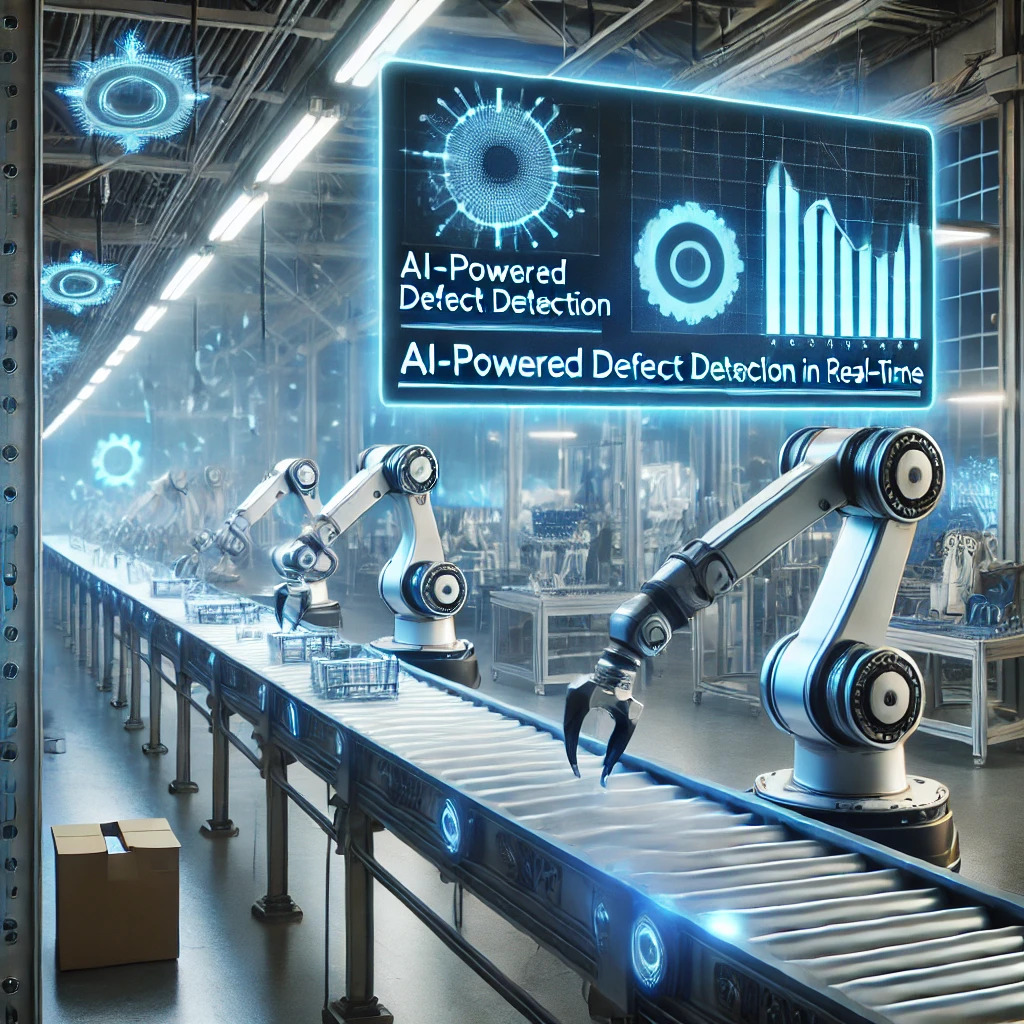Because of how quickly the manufacturing world is changing, maintaining customer satisfaction is becoming increasingly complex. The traditional methods of defect detection, which often consist of manual inspections, require a lot of time and are often extremely inaccurate. This is why defect detection which is fueled by AI is greatly improving this issue, as it is providing improved accuracy and efficiency when identifying defects.
How Defect Detection Is Enhanced Through AI
The AI industry, along with ML and computer vision, have greatly affected the way defect identification is done as they have automated the process. Systems driven by AI take high res images and analyze sensor data or video footage to identify flaws like cracks, scratches and misalignments.
Some methods are:
Computer Vision: AI systems take in live footage from cameras and instantly identify any flaws.
Deep Learning Models: Neural networks build on data from previous defect patterns to increase overall accuracy.
Anomaly Detection: Unsupervised AI systems identify irregularities in a product which may not be classified as a defect.
How AI-powered Defect Detection Is Beneficial
Reduced False Positives – Unlike manual inspectors, AI is far more accurate and misses far less defects.
Increased Inspection Rate – Because AI systems work in real time, production lines can easily speed up.
Cut Back On Costs – With defect identification occurring faster, the costs due to waste and the need to rework are eliminated.
Scalability – AI adjusts itself to suit various manufacturing processes, including electronics and automotive production.
Data-driven Insights – AI gathers valuable data on defect trends with the aim of making manufacturing workflows more efficient.
Real-world Applications
Many sectors have already adopted defect detection with AI assistance such as:
Automotive – Detecting defects in the paintwork, welding, and assembly of components.
Electronics – Failing of the circuit boards and defective microchips.
Textile – Quality control for evenness of fabric and the weaving of faults.
The Future of AI in Manufacturing
With the improvement of AI technology comes the expectation of better predictive maintenance, advanced self-learning AI systems, and fully automated quality assurance. Industries incorporating advanced AIdriven defect detection will see increased efficiency by greatly reducing inaccuracies, slashing expenses, and enhancing overall productivity.
Learn More on Engineers Heaven
If technology is your thing and you would like to follow, or write blogs, post images, videos, or have a question to ask, Engineers Heaven is the platform for all followers of engineering!


